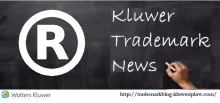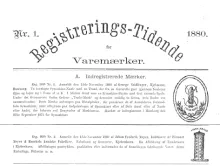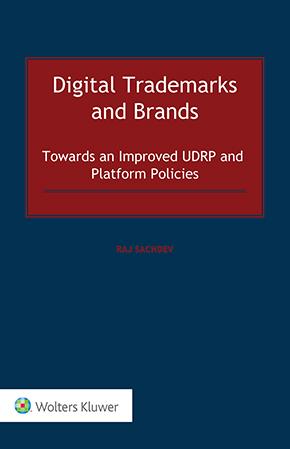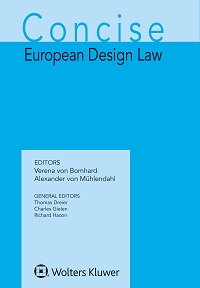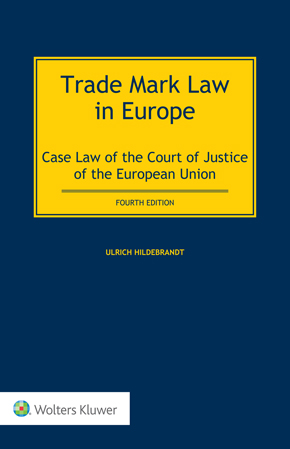The perils of prefix proximity
August 7, 2025
The Background: VAGISIL v VAGISAN
In the long-running dispute between Combe International LLC, owner of the well-known feminine hygiene brand VAGISIL, and German pharmaceutical company Dr. August Wolff GmbH, proprietor of the VAGISAN mark, the latest judgment from the EU General Court (April 2025) has brought fresh insight into the EUIPO's handling of likelihood of confusion, and offers some insight into the small divergences between EU and UK trade mark law post-Brexit.
By way of background, Dr Wolff had registered the mark VAGISAN as an EU trade mark. Combe, owners of the earlier VAGISIL marks, initiated invalidity proceedings at the EUIPO in 2017, asserting a likelihood of confusion under Article 8(1)(b) EUTMR. The Cancellation Division and subsequently the EUIPO Board of Appeal upheld the invalidity claim. Dr Wolff then appealed to the General Court.
Dr Wolff's appeal centred around two key points – the assessment of the likelihood of confusion arising as result of the contested brand, and whether the EU and UK marks should be treated independently.
Dr Wolff argued that:
· The common element "VAGI-" is of weak distinctiveness due to its allusive nature (suggesting the goods are for vaginal use), and therefore the suffixes -SIL and -SAN should be decisive in the analysis.
· "DR WOLFF’S VAGISAN" is a composite mark, and the brand house name element (Dr Wolff) would further differentiate it from VAGISIL.
· That the earlier UK rights on which the decision was based were now no longer effective against an EUTM following Brexit.
The General Court dismissed the appeal, providing clear reasoning on each point.
· While "VAGI-" may be allusive, it is not directly descriptive. The Court found that the four-letter prefix still plays a dominant role in consumer perception. Given the high degree of visual, phonetic, and conceptual similarity between the marks VAGISIL and VAGISAN, there was a likelihood of confusion, particularly given their identical goods in Class 3 (intimate hygiene products).
· The presence of "DR WOLFF'S" in the composite mark did not neutralise the similarity, as consumers often focus on the distinctive portion of the mark – in this case, ‘VAGI’.
· Even though the UK rights in VAGISIL on which the invalidity decision was based are no longer effective as prior rights, they were still relevant at the time of the Board of Appeal’s decision. The General Court will not overturn a Board of Appeal decision because of changes to the rights that happen after it.
This case bears the same hallmark reasonings as the General Court in March of this year, when it annulled the EUIPO Board of Appeal’s refusal to block registration of the figurative mark ECOVIE. The General Court found in favour of an earlier mark - ECOVER - in infringement proceedings under Article 8(1)(b) EUTMR. The contested goods—ranging from cleaning products to soap dispensers—were found to be identical or highly similar.
The EUIPO Board of Appeal initially held that “ECO” (prefix) was descriptive and diluted the inherent distinctiveness of “ECOVER,” concluding it was below average and deeming differences in the suffixes (“-vie” vs “-ver”) decisive. The General Court reversed this, highlighting shared elements: identical first four letters (“Ecov-”), matching six-letter length, common “v” shift, concluding an average degree of both visual and phonetic similarity. While acknowledging “eco” as descriptive, the Court insisted it must still be considered, and the shared connotation of ecofriendly goods reinforces the likelihood of confusion. Applying the global assessment approach the Court weighed average distinctiveness, identical goods, and average similarity to find a real risk of confusion.
The key takeaways:
Marks sharing a weak or common descriptive prefix, suffix or root could still cause confusion, when combined with identical goods. The whole mark must be assessed, and dominance of prefix or suffix may be less important than overall impression. It is also worth noting that the legal facts at the time of a decision are key to whether that decision can be overturned at appeal. If the rights of the parties change later, that doesn’t make the original decision wrong.
You may also like

